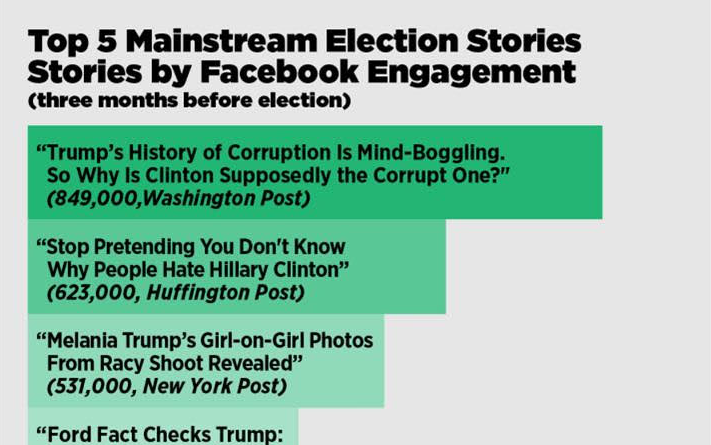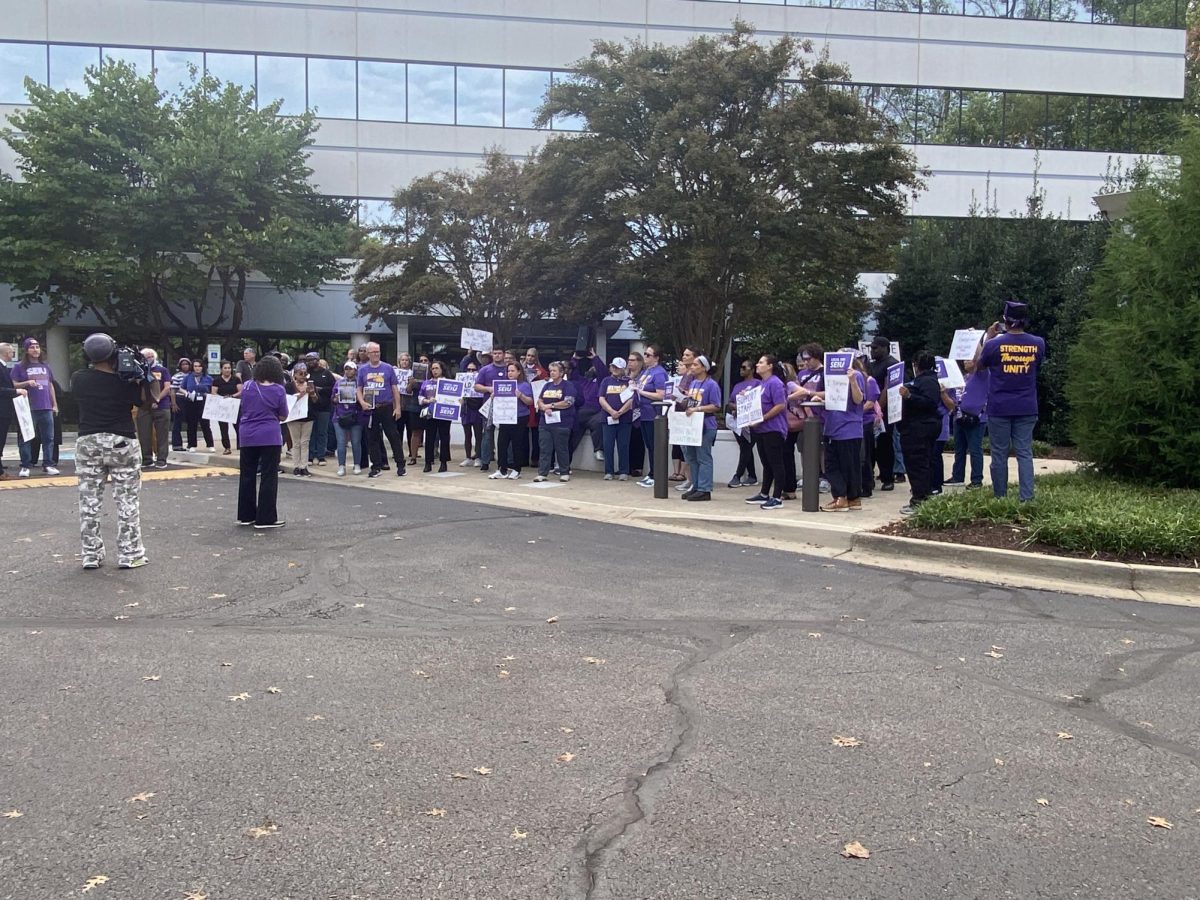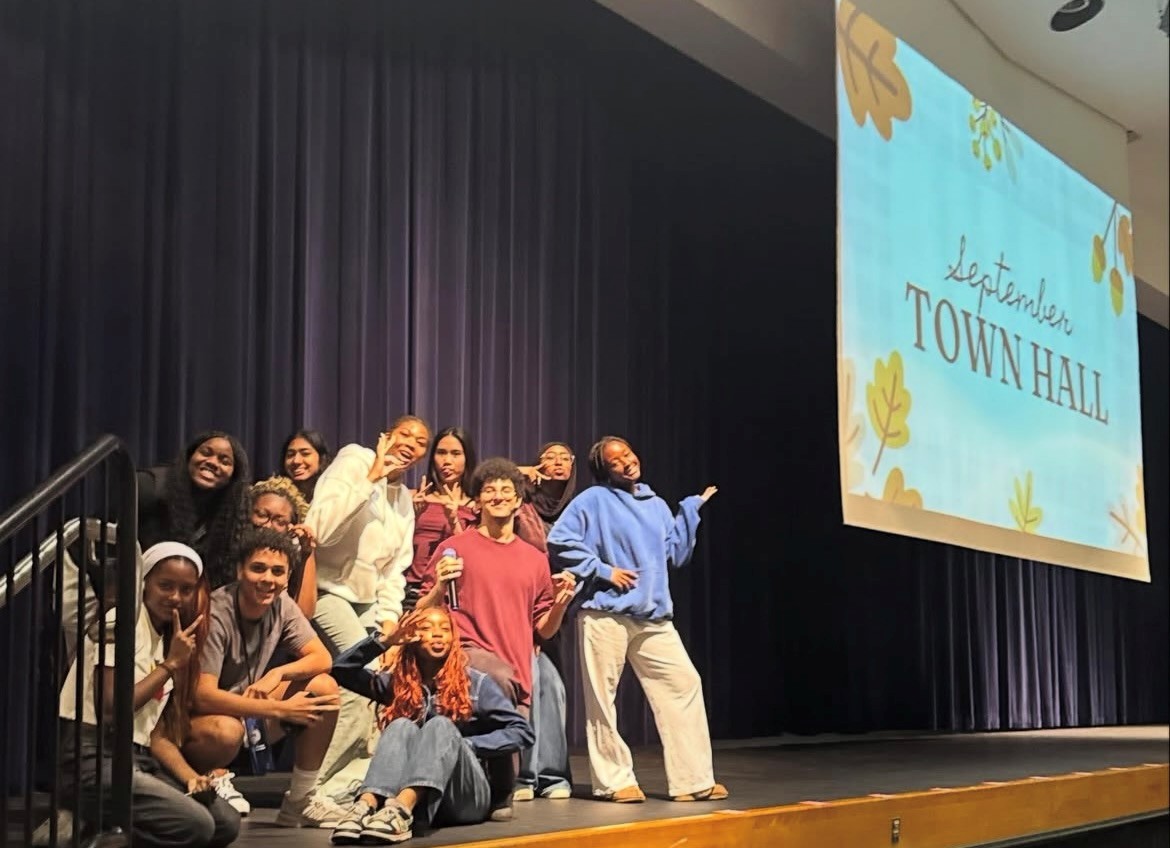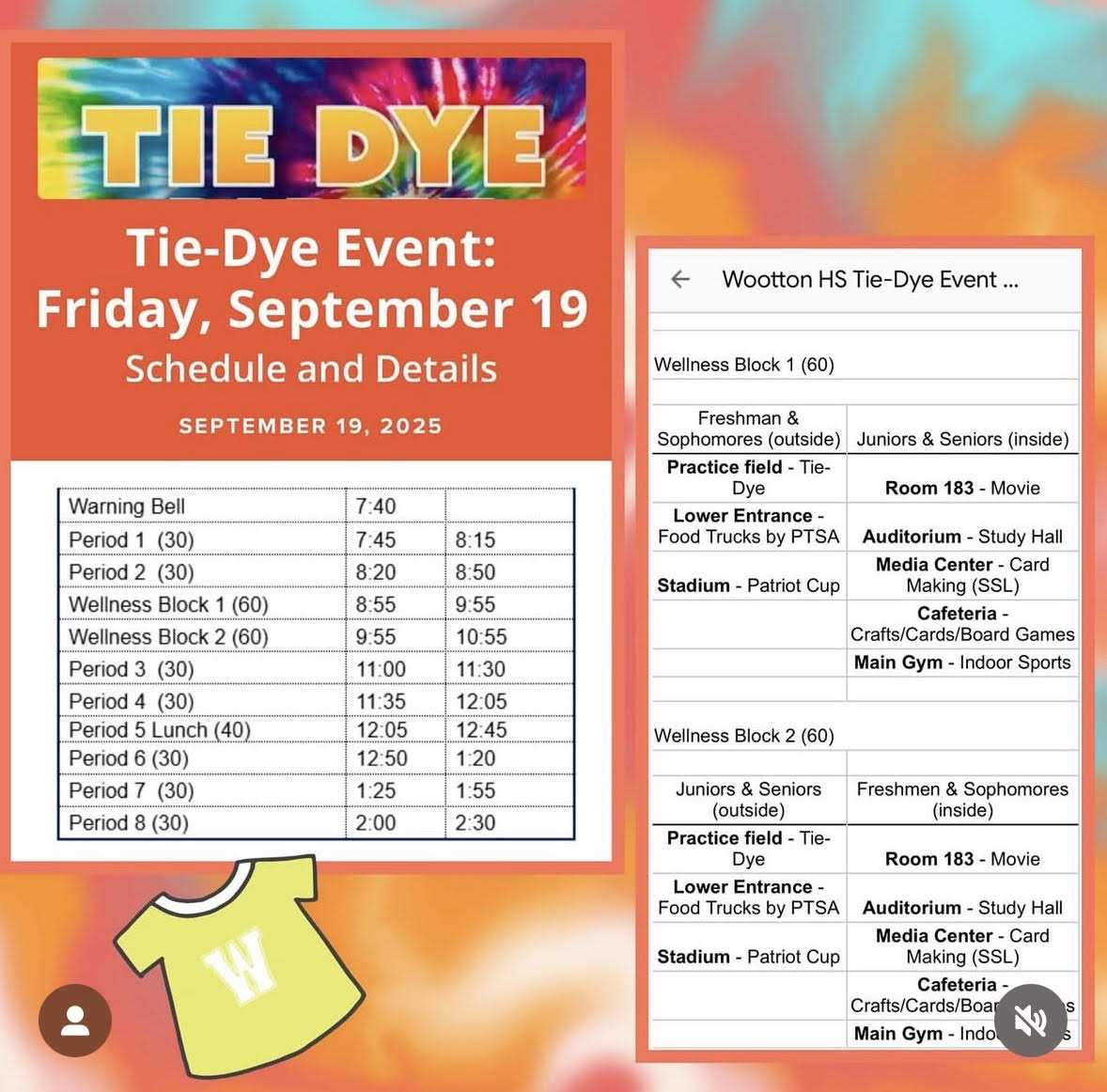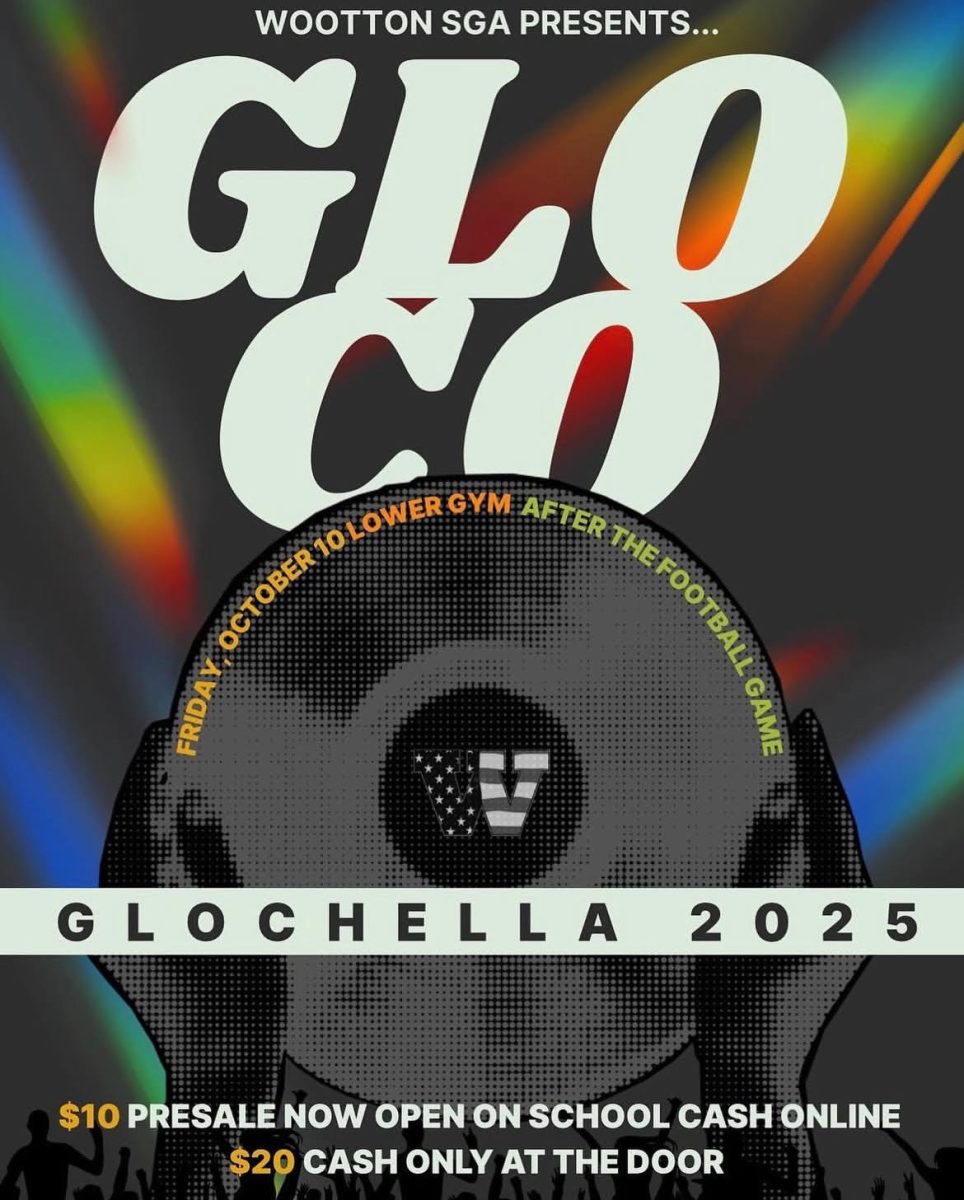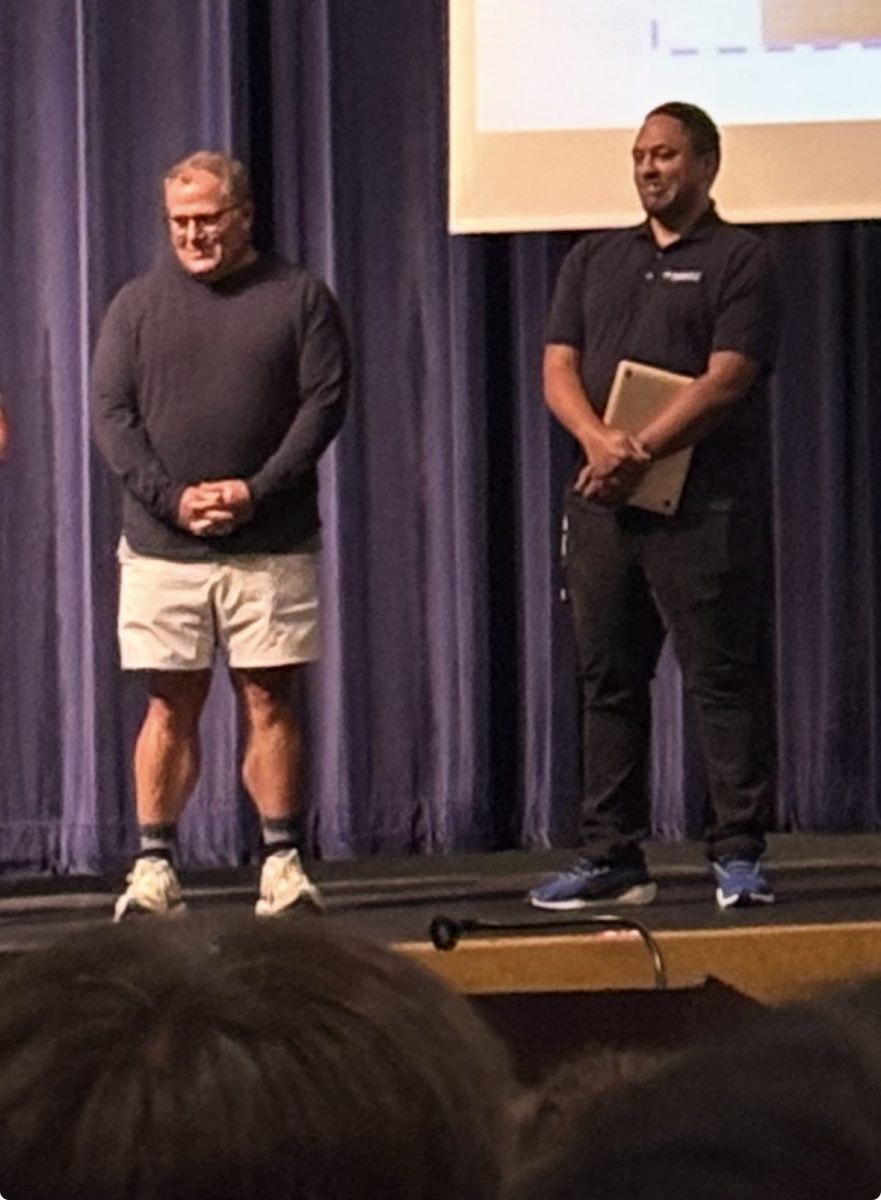“Fake News.” Face it, we’ve all heard this term spread like a wildfire across the nation in recent times. The term is spreading from social media, the media themselves and even our president.
Fake news in 2016 election
The ideas behind fake news did not come out of nowhere; its prevalence in the 2016 presidential election is one of the reasons why it is being talked about so much. At its core, fake news is essentially information and statements that are intentionally false or misleading. Recently, the term has been used as a political tool, as a blanket statement targeting more than just “news” that is demonstrably false.
While the fake news we all know today only became popularized and recognized during the 2016 election, misunderstandings in the news have been around for much longer. Take, for example, the classic 1938 radio broadcast of H. G. Wells’ War of the Worlds. American Orson Welles (of no relation to the author of the book), decided to set up an adapted radio reading of Wells’ book on the radio in the form of news bulletins, something Americans listening to the news on the radio were used to. During the actual broadcast, as listeners heard news bulletins detailing harrowing events such as Martians invading New York City. They panicked, with some even running out of their homes and into the streets. While the broadcast was in no means an intentional spreading of false information, it goes the show the effect such information can have on people.
Unlike the Americans of the 1930s who only had a few sources of news to trust, today we have hundreds to pick and choose from, and, thanks to the rise of social media, doing so has never been easier. Today, 62 percent of US adults get their news from social media sites. While it is beneficial in that there is a larger selection of news to choose from today, the uncertainty of the quality of news one receives, especially on social media sites, is frightening. Unlike in the past, the mainstream media is no longer the sole arbiter of what news is reported. Now, an individual user on social media with no track record or reputation can reach as many readers as the major media outlets like CNN and Fox News, regardless of the validity of the content spread. Social media proves to be one of the most effective breeding grounds for fake news.
One of the most important factors to understanding the scope of the fake news crisis is knowing where it is coming from. The answer? Many places. Some of the sources of fake news are blatantly obvious. For example, although it is currently not available, for years up through 2017 one could go to the Russian website Kwoki and simply pay money to distribute false stories. The more money paid, the more words the article was. All that was needed on the website was the money, the platform you wished to distribute the false articles on, and something to write about.
Where fake news comes from
Other attempts at spreading fake news are more covert. One example is the now defunct denverguardian.com, which by the title of the website alone seems like it could be a real newspaper. Behind the scenes of the website are dozens of fake, misleading headlines and articles directly originating from other satirical websites, presented on the website to appear as if the satirical, factually incorrect article is in fact real. It is likely for such repurposed articles to be misunderstood in an isolated scenario of seeing an article alone on Facebook or Twitter, causing a casual reader scrolling by on one of these sites to be more susceptible to believing it as truth.
Fake news distributors such as these and other sources, like the Russian government have infiltrated the typical American’s news stream, inflating it with fake news. In the months leading up to election day in November 2016, it is approximated that fake news articles were shared online 38 million times, translating roughly into 760 million views on those articles. Based upon these numbers, it is also estimated that the average U.S. adult was exposed to and remembered about 1.14 fake news stories, also indicating it is likely that the average U.S. adult potentially saw at least one or more fake news articles during the election.
Specific sources of fake news
The likelihood that people were exposed to fake news only grows when considering that fake news articles on some platforms were more popular than the actual news. On Facebook specifically, in the last couple months before the election concluded, the top 20 performing fake news election stories garnered a total of 8,711,000 shares, reactions and comments. During the same time period, the top 20 performing election stories from 19 major media networks racked up a total of 7,367,000 shares, reactions and comments, less than that of the fake news outlets.
As Americans were exposed to more and more fake news, they found it harder to believe what was said in the news anymore, and this sentiment was reflected in a recent survey.
According to a May 2017 report by the American Press Institute, only 24 percent of Americans believe the news media is “moral” and a mere 17 percent trust the media to be “very accurate” in what they report. This is a problem that shakes the very foundation of our nation. Across American history, the media is commonly referred to as the fourth estate, of the United States. A completely separate and free entity from the United States government, the media has always been expected to act as its own set of checks and balances on the government as a whole, making sure corruption and illegal acts within the government do not take place. As the public loses faith in the media, it makes it harder for them to do their job, consequently enabling the government to get away with more.
Fake news locally
Common Sense was curious about the lack of trust in the media and if it extended all the way into our local circles. In a poll of 150 randomly selected students, almost 60 percent “trust Common Sense all or most of the time,” which is significantly better than that of the national media. Part of that, as newspaper adviser Evva Starr puts it, is due to “when people see stories about people they know in the paper with people they know quoted in them talking about the story, makes everything more trustworthy.”
This trend of trust toward local publications is nationwide, with people everywhere trusting local news written by and about people they know rather than the national news about far off problems and far off people.
Fake News nationally
Regardless of the local impact of fake news, the fact remains that it is a threat to the stability of the nation. If fake news is to be fought, then some changes have to be made. One of the major things that needs to happen is to have social media companies take responsibility for the material that is being shared on their sites.
Facebook, as the largest sharing site for fake news, has taken some steps, but they are not enough. One feature Facebook implemented soon after the election was the use of “related articles” underneath every article that appears on Facebook. The idea of the feature is to provide multiple news articles for every topic that appears on the site so that the reader will have ample opportunities to decide for themselves what is right and what is wrong. While the feature is a step in the right direction, more needs to be done. Elections in Germany have also been fraught with fake news in recent years and as a response, the German legislature moved forward with legislation in early 2018 to fine companies like Facebook up to 54 million euros should the company fail to take down a fake news article within 24 hours of its posting on the site.
Joanne Kenen, an Executive Editor for Politico, spoke about the importance of trust in the media.
“A civil society needs a truth narrator – and it’s being destroyed. Citizens need to be able to have access to factual accounts of domestic policy and international affairs, to make up their own minds and to at least have the option of being informed voters/citizens. The lack of trust devolves into a lack of a common recognition of truth.”
While most of the blame for this lies upon the fake news sources, some belongs to politicians, such as the president, who abuse the presence of fake news and target the media, and some belongs to the media itself. “I think the media needs to do some soul searching here. We think of ourselves as devoted to the truth, to finding the truth and explaining policies and events in a truthful way. But clearly large swathes of the public no longer trust us,” Kenen said.
In order to effectively combat fake news, everything needs to be changed in some way, even partly ourselves. “I think the uprise of fake news is the result of people not caring enough about what they read or listen to, which allows them to believe some of the fake news out there,” junior David Mejia said.
Fake news is out there today and it is powerful. It’s effects were seen in the 2016 election and it has the potential to influence each and every one of us. In order to make a difference, we all need to take action and demand change. In the words of former Secretary of State Hillary Clinton, “It is now clear that so-called ‘fake news’ can have real world consequences.”
Aaron Levine
Managing Editor


